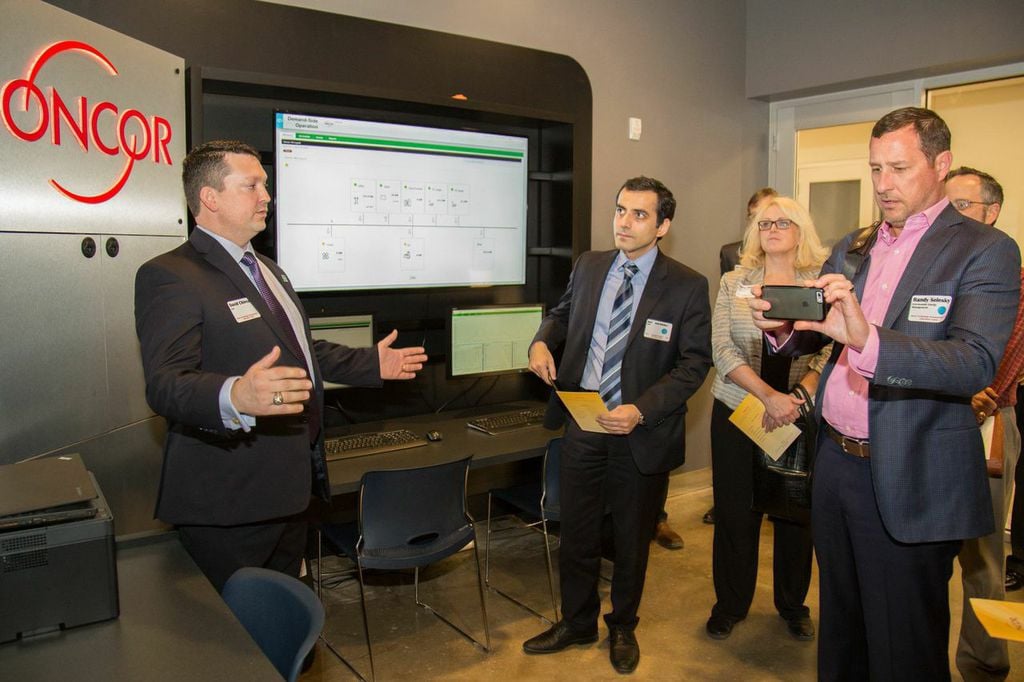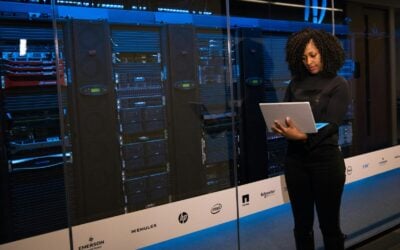
Utility company Ameren and smart grid company S&C Electric Company announced that they have conducted a successful 24-hour islanding test in August at the recently deployed Ameren microgrid in Champaign, Illinois.
The microgrid has been operational since May 2017 and has now proven that it can offer a seamless transition from grid-connected to island mode.
In particular, the test focused on the 50kW microgrid at the site, which powers an Ameren research facility in the area. The complete microgrid also includes 225kW of renewable generation and 250kW / 500 kW of battery storage.
The test started at 08:00 on 3 August 2017, with the battery’s charge at 97%. Once the charge was depleted to 90% capacity, solar and wind generation energy kicked in, keeping the battery’s charge steady. Throughout the day, the battery’s charge never dropped below 88%.
Try Premium for just $1
- Full premium access for the first month at only $1
- Converts to an annual rate after 30 days unless cancelled
- Cancel anytime during the trial period
Premium Benefits
- Expert industry analysis and interviews
- Digital access to PV Tech Power journal
- Exclusive event discounts
Or get the full Premium subscription right away
Or continue reading this article for free
During the test, the Ameren microgrid functioned on 100% renewable energy throughout the day.
Ron Pate, senior vice president, operations and technical services at Ameren Illinois, said: “We have one of the few microgrids in the world that operates at utility-scale voltages and can seamlessly transition from grid-connected to islanded mode. This successful test provided tangible proof that the system can accomplish what it was designed to do. The microgrid isn’t theoretical and our tests don’t need to be lab simulations. We were able to prove that this technology works and can provide key benefits to our customers.”
David Chiesa, senior director of business development at S&C, added: “When designing this microgrid, we were confident that the seamless transition and the ability to run solely on renewable generation would be two of the biggest features to this system. Microgrids are becoming more commonplace on the grid, and this test continues to prove how impactful they can be for energy users.”
In 2015, S&C Electric completed another project that has since come to be used by the company and its project partners – Texas transmission and distribution utility Oncor and energy management specialist Schneider Electric – to demonstrate the capabilities of microgrids. That project uses nine distributed generation sources including two PV arrays, a wind turbine, two storage units and four generators. S&C Electric director of grid solutions Troy Miller spoke about the Texas microgrid at length in a recent article published in our quarterly journal PV Tech Power and on Energy-Storage.News.





